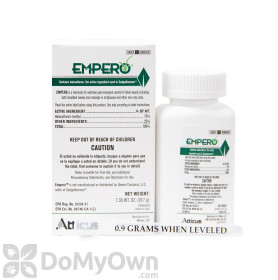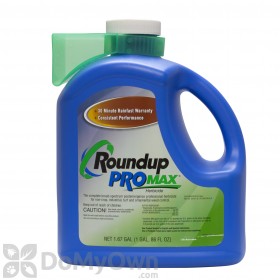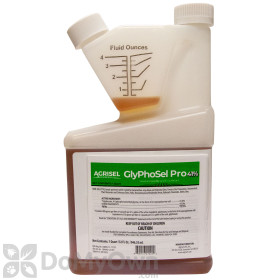Which Horsetail Weed Killer Methods are Best?

Horsetail weeds are hardy and tough to eliminate, but with the right lawn maintenance practices and weed control products, you can get rid of horsetails on your lawn.
Once you have identified horsetails on your property, use the following information to develop your weed-fighting strategy and plan to make your lawn horsetail-free.
Improve Lawn Conditions
Horsetail weed fragments will usually generate new stalks if left in a hospitable soil environment. Because of their hardiness and ease of regrowth, it is best to consider a broader approach of improving the conditions in your lawn to encourage desirable plant growth and discourage horsetail weed spread.
Pro Tip
Pulling horsetail stems from the ground or digging up the roots are not productive ways to control horsetail.
Instead, begin by focusing on improving any lawn conditions with these methods:
- Correct any drainage issues that may be present to eliminate standing water or soil saturation.
- Raise the pH level of your soil to make it inhospitable to horsetail.
- Fertilize your soil to encourage healthy turfgrass growth.
- Do not cover with mulch. They love the dark, airless, moist blanket that will be created.
Products needed for Step 1
Treat Horsetail in Lawn Turf with a Selective Herbicide
With the right product that affects only target weeds such as horsetail, a broad application can be made without danger of turf injury in the treated area.
Herbicides using the active ingredient Halosulfuron-methyl are often effective against horsetail. Check the product label for specific application instructions for your turf type and region. In many cases, this group of herbicides is labeled as effective in controlling horsetail plants under six inches in height and offering suppression of weeds taller than six inches.
Mix the selective post-emergent herbicide you have chosen with water in a handheld pump sprayer. Read the herbicide product label completely to find mix rates and application instructions.
Always wear personal protective equipment (PPE) that includes long-sleeved shirts, long pants, closed-toe shoes, and protective gloves when mixing or applying any herbicide.
Repeat applications may be necessary for complete control. Follow all product label instructions for reapplication scheduling and rates.
Products needed for Step 2
Spot Treat with an Herbicide Including the Active Ingredient Glyphosate
These herbicides will be used as spot applications on areas where horsetail stalks have been visible and where a broader application may not be practical. Products including glyphosate are considered non-selective and will cause plant injury to nearby desirable plants if contact is made.
Spray the horsetail weeds directly and avoid surrounding plants and grasses. Using the narrowest setting on the nozzle of your sprayer can help you apply with greater precision and more easily avoid damage to other nearby plants. Some products may suggest other means of application to horsetail plants, such as an injection at the base of the stalks.
As always, wear personal protective equipment (PPE) that includes long-sleeved shirts, long pants, closed-toe shoes, and protective gloves when mixing or applying any herbicide.
Repeat applications may be necessary, depending on the maturity of the horsetail weeds. Follow all product label instructions for reapplication timing and mix rates.
Herbicides containing these active ingredients should not be used in areas where runoff to bodies of water may occur. Always consult the product label for specifics on recommended usage areas.
Products needed for Step 3
After you have removed horsetail weeds from your lawn, learn how to prevent further infestations with our Horsetails Prevention Guide. Click the right arrow below to read more.














